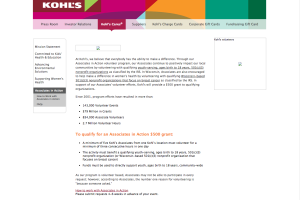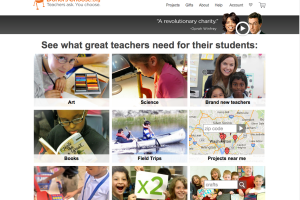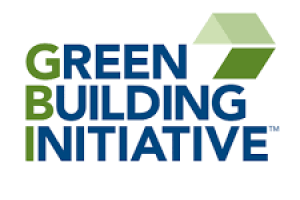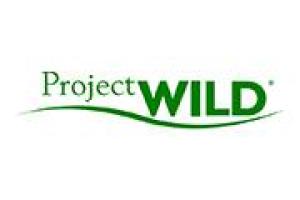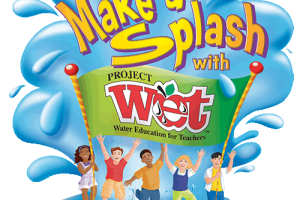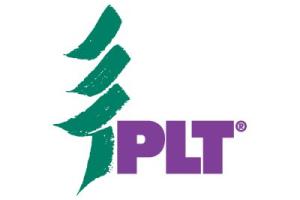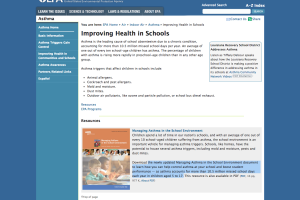
EPA: Improving Health in Schools
/resource/epa-improving-health-schools
Environmental Protection Agency
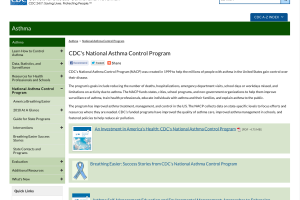
CDC`s National Asthma Control Program
/resource/cdcs-national-asthma-control-program
Center for Desease Control and Prevention
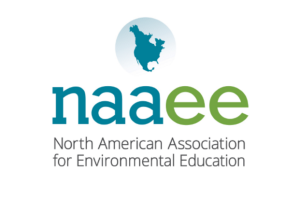
Developing a Framework for Assessing Environmental Literacy
/resource/developing-framework-assessing-environmental-literacy
North American Association for Environmental Education
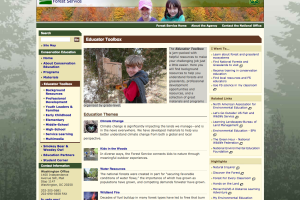
Forest Service: Educator Toolbox
/resource/forest-service-educator-toolbox
United States Department of Agriculture
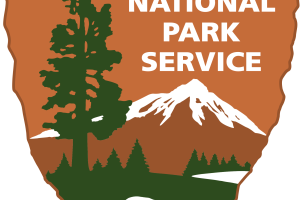
National Park Service: Air Quality
/resource/national-park-service-air-quality
National Park Service
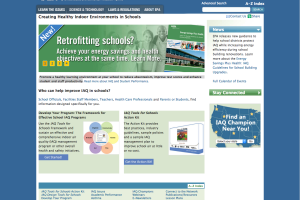
Healthy Indoor Environments in Schools
/resource/healthy-indoor-environments-schools
Environmental Protection Agency
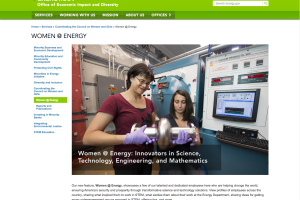
Office of Economic Impact and Diversity: Women @ Energy
/resource/office-economic-impact-and-diversity-women-energy
United States Department of Energy
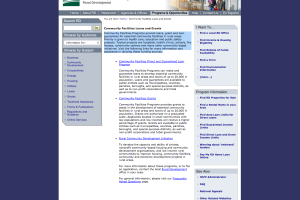
USDA: Community Facilities Loans and Grants
/resource/usda-community-facilities-loans-and-grants
United States Department of Agriculture

Southwest Charitable Giving
/resource/southwest-charitable-giving
Southwest Airlines
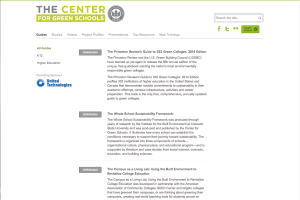
Center for Green Schools: Guides
/resource/center-green-schools-guides
US Green Building Council
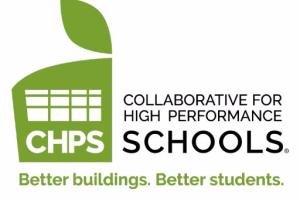
Collaborative for High Performance Schools
/resource/collaborative-high-performance-schools
Collaborative for High Performance Schools
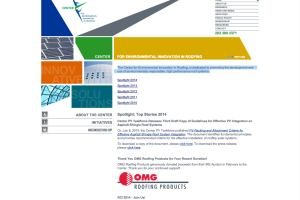
Center for Environmental Innovation in Roofing
/resource/center-environmental-innovation-roofing
Center for Environmental Innovation in Roofing
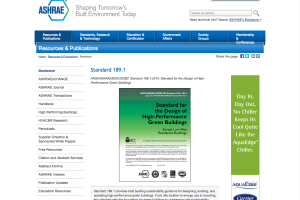
Resources and Publications: Standard for the Design of High-Performance Green Buildings
/resource/resources-and-publications-standard-design-high-performance-green-buildings
American Society of Heating, Refrigeration, and Air Cooling

New Advanced Energy Design Guide for K-12 Schools
/resource/new-advanced-energy-design-guide-k-12-schools
American Society of Heating, Refrigeration, and Air Cooling
Conservation Education
/resource/conservation-education
United States Department of Agriculture
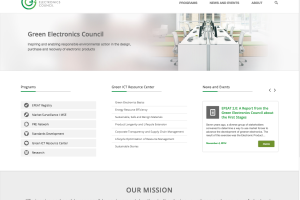
Green Electronics Council
/resource/green-electronics-council
Green Electroincs Council
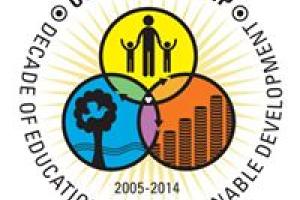
The U.S. Partnership for Education for Sustainable Development
/resource/us-partnership-education-sustainable-development
The U.S. Partnership for Education for Sustainable Development
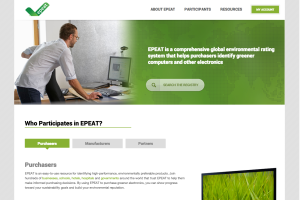
Electronic Product Enviromental Assessment Tool (EPEAT)
/resource/electronic-product-enviromental-assessment-tool-epeat
Green Electroincs Council
Nature Net Educational Resources
/resource/nature-net-educational-resources
Nature Net
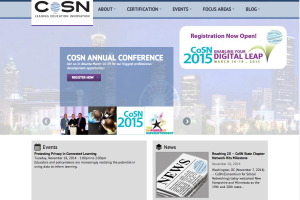
Green Computing for K-12 Schools
/resource/green-computing-k-12-schools
Consortium for School Networking
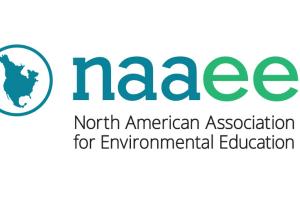
Guidelines for K-12 Learning: Excellence in Environmental Education:
/resource/guidelines-k-12-learning-excellence-environmental-education
National Association for Environmental Education

